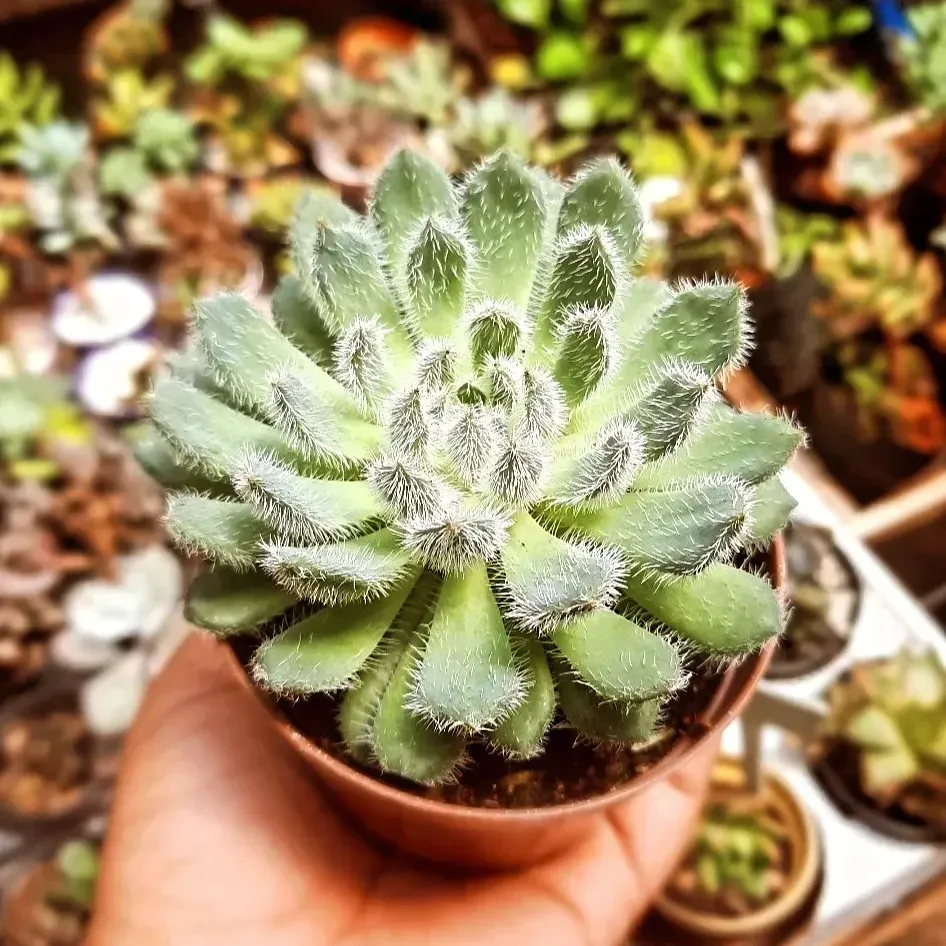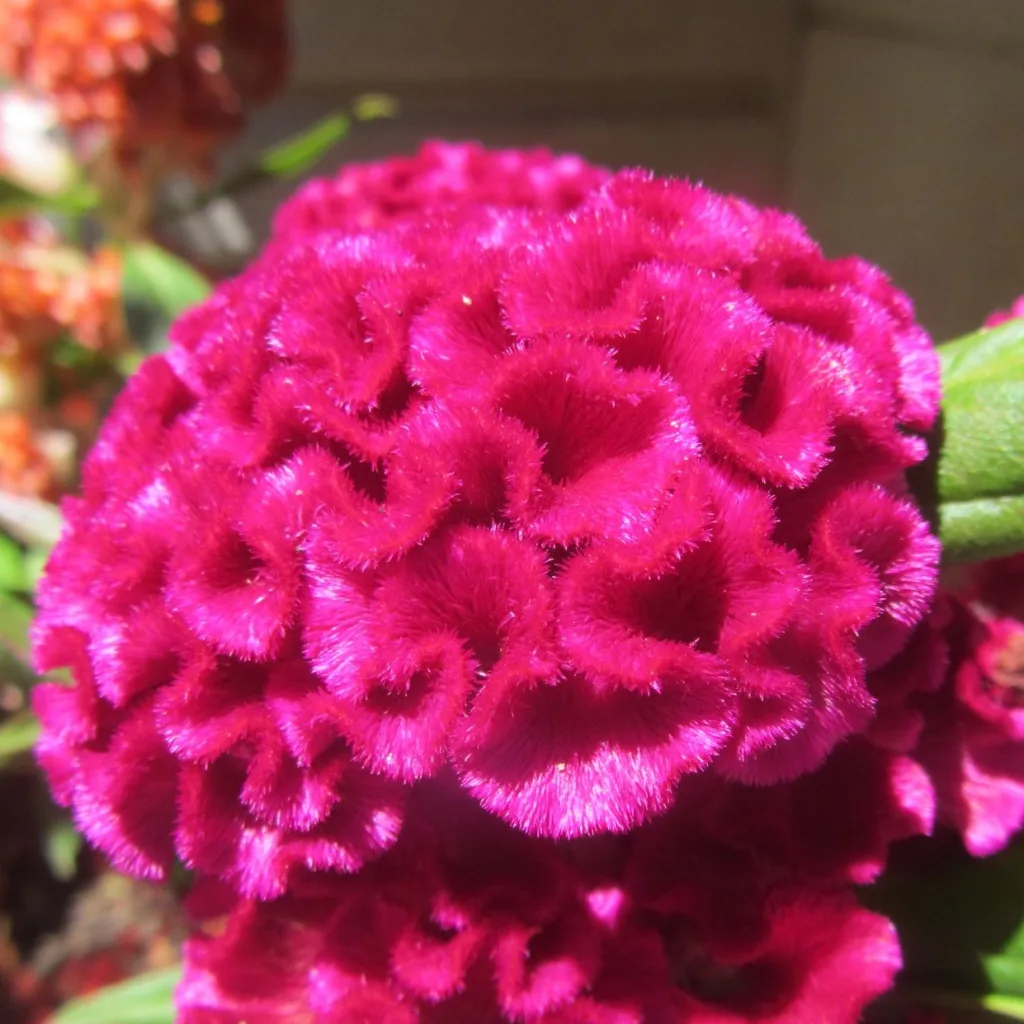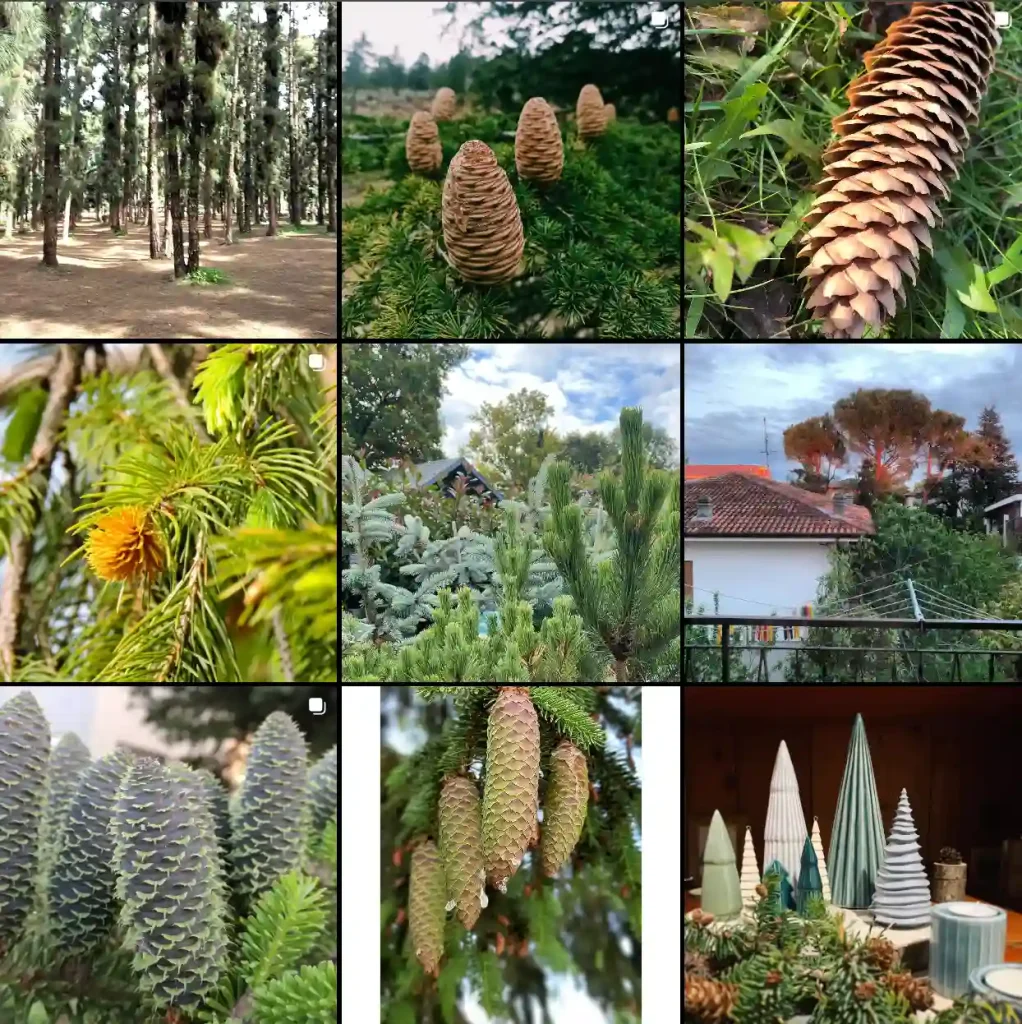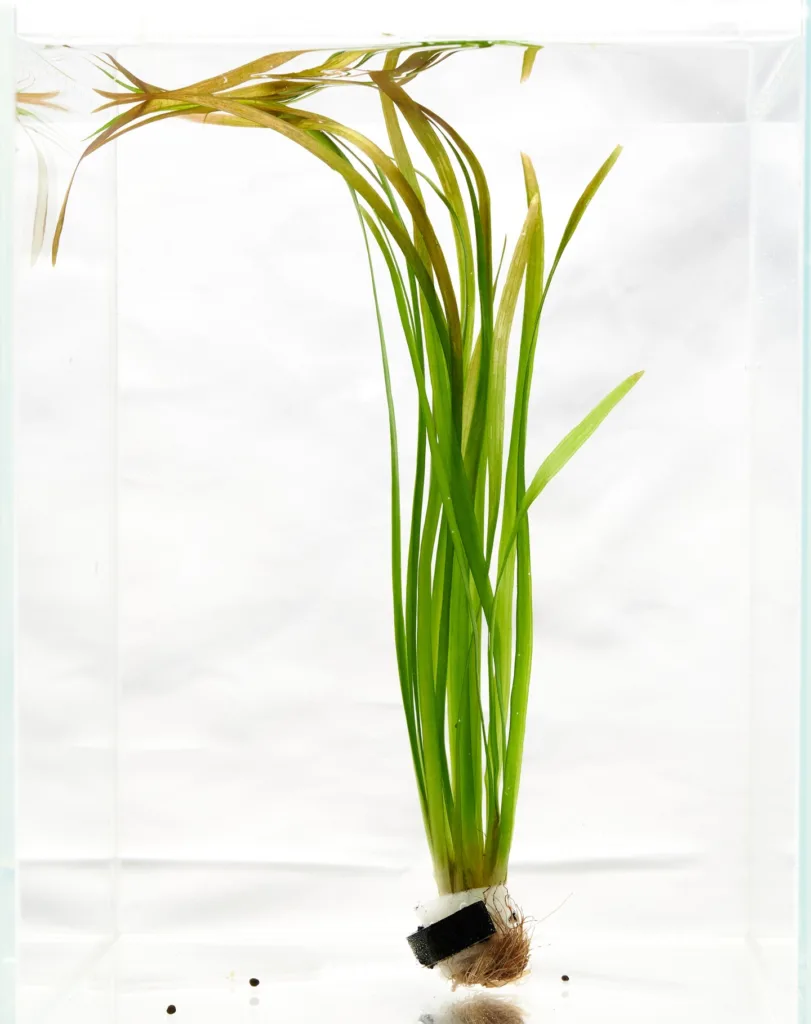Anthurium Pterodactyl: A Striking Houseplant with Prehistoric Charm
Hey there, plant enthusiasts! Ferb Vu here, and today we’re diving into the fascinating world of the Anthurium Pterodactyl. This unique hybrid has captured the hearts of collectors with its stunning foliage and quirky name. But fear not, dinosaur expertise isn’t required to care for this beauty.
Here, I’ll answer some of the most common questions about the Anthurium Pterodactyl, so you can confidently add this prehistoric wonder to your indoor jungle.
1327 Species in Genus Anthurium
What is an Anthurium Pterodactyl?
The Anthurium Pterodactyl is a captivating hybrid within the vast Anthurium genus. Its exact parentage remains a mystery, but it’s believed to be a descendant of the well-known Anthurium clarinervium. This heritage shines through in its magnificent leaves.
What Makes it a “Pterodactyl?”
The Pterodactyl in the name refers to the plant’s most striking feature – its veins. These prominent veins branch out from the central rib, resembling the skeletal wings of a pterodactyl in flight. It’s a whimsical detail that adds a touch of prehistoric charm to the plant.
Is Anthurium Pterodactyl Difficult to Care For?
While not the most challenging houseplant, the Anthurium Pterodactyl thrives with specific care. Here’s a breakdown of its needs:
- Light: This plant prefers bright, indirect sunlight. Direct sun can scorch the leaves. Think of dappled sunlight filtering through a canopy.
- Water: These guys like consistent moisture, but avoid soggy soil. Allow the top inch of soil to dry slightly before watering.
- Humidity: Anthuriums are humidity lovers. Aim for around 50-60% humidity. Grouping plants together, using a pebble tray, or a humidifier can help.
- Soil: A well-draining, chunky mix is key. Orchid bark, perlite, and coco coir are common ingredients for an Anthurium-friendly potting mix.
- Temperature: Maintain a warm environment, ideally between 65-80°F (18-27°C). Avoid sudden temperature drops.
How Big Does Anthurium Pterodactyl Get?
The Anthurium Pterodactyl can grow to be a showstopper. Mature plants can reach heights of 2-3 feet (0.6-0.9 meters) with leaves spanning up to 12 inches (30 centimeters) across.
Does Anthurium Pterodactyl Flower?
Yes! Like most Anthuriums, the Pterodactyl produces stunning flowers. The blooms typically appear as a waxy spathe (modified leaf) surrounding a spadix (the actual flower). Colors can range from red to white, depending on the specific hybrid.
How Often Should I Fertilize?
During the growing season (spring and summer), a diluted fertilizer formulated for aroids can be applied once a month. Avoid over-fertilizing, which can damage the roots.
Where Can I Buy an Anthurium Pterodactyl?
These beauties can be found in online plant shops and specialty nurseries. Keep in mind that due to their unique nature, they might be a bit pricier than common houseplants.
Common Problems and Solutions:
- Brown leaves: This can be caused by underwatering, overwatering, or excessive light. Adjust your watering schedule and ensure proper lighting.
- Yellowing leaves: Similar to brown leaves, check watering and light conditions. Additionally, a lack of nutrients could be the culprit. Consider a light fertilization.
- Pest infestations: Mealybugs and spider mites are common foes. Isolate the plant and use insecticidal soap or neem oil for treatment.
Final Thoughts
The Anthurium Pterodactyl is a captivating addition to any plant collection. With its stunning foliage and prehistoric flair, it’s sure to be a conversation starter. By following these simple care tips, you can ensure your Pterodactyl thrives and brings a touch of the Jurassic to your home.
Happy planting!
If i die, water my plants!



